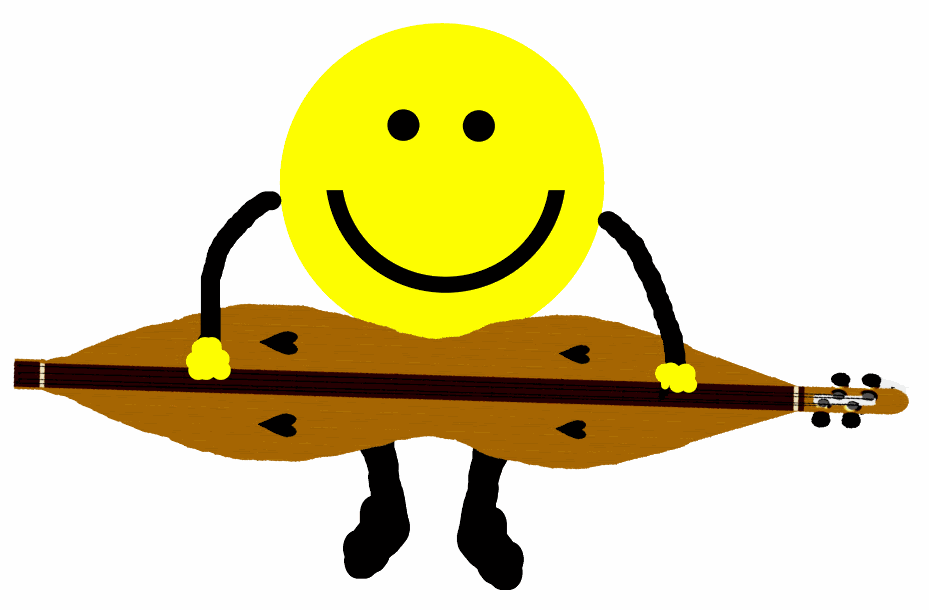Fingering in Place of a Noter
General mountain dulcimer or music discussions
Jimmy, there is no single way to do this. What works best for you is what's best.
And I think you are right to work on one thing at a time. Don't think about adding chord strums until you have figured out the left-hand fingering.
In David Schnaufer's instructional video, he demonstrates how he uses three fingers (no pinky or thumb) to move up and down the fretboard. As he moves higher than his hand position he uses his index finger, and as he moves lower, he uses his ring finger.
Personally, I use all my fingers since I need all the help I can get! Most of the time I approach the fretboard the way guitarists and violin players do, where you try to minimize hand movement and keep your hand in one position as long as you can, with each finger assigned a fret position. Each position is named for the lowest fret. So if you use your pinky on the first fret and your ring finger on the second fret and so forth, that would be called first position. If you use your pinky on the second fret and your ring finger on the third fret and so forth, that would be second position.
However, whereas on the guitar or mandolin, each fret is of equal size, the dulcimer is missing some frets, so you might sometimes skip a fret. In second position, I might use my pinky on 1 and my ring finger on 2, but then my index finger on 3, skipping my middle finger. Find what is comfortable for you.
Some people use their thumb a lot on the melody string, turning the thumb to the side a bit to be able to use the edge of the nail and slide around like a noter. I do that occasionally out of chord positions, but not most of the time, since using your thumb comfortably means the other fingers don't line up on the melody string as easily.
However . . . and you may not want to do this . . . once you are using your fingers you are no longer limited to the melody string, and "My Bonnie Lies over the Ocean" is a good example of why. The song begins with a big jump from 4 to 9, and even goes down to 2 on a couple of occasions. That's a big jump. It's fun with a noter, but not so fun with your fingers.
But if you are tuned DAd, then any note on the melody string is also found on the middle string three frets higher. So the first note of the song could be the 7 on the middle string. That 2 on the melody is also the 5 on the middle string. The whole song can be played between 5 and 9, which is a much easier stretch, isn't it? Attached you'll find the melody of the tune using both melody and middle strings. Give it a try and see what you think.


 It sounds Celtic to me, too, but Ken may be right that there are pieces of a couple of tunes there. Part of it is a melody I know, and I may pop in in the middle of the night when I remember it's name. But I don't recognize that descending ending/turnaround.
It sounds Celtic to me, too, but Ken may be right that there are pieces of a couple of tunes there. Part of it is a melody I know, and I may pop in in the middle of the night when I remember it's name. But I don't recognize that descending ending/turnaround.



